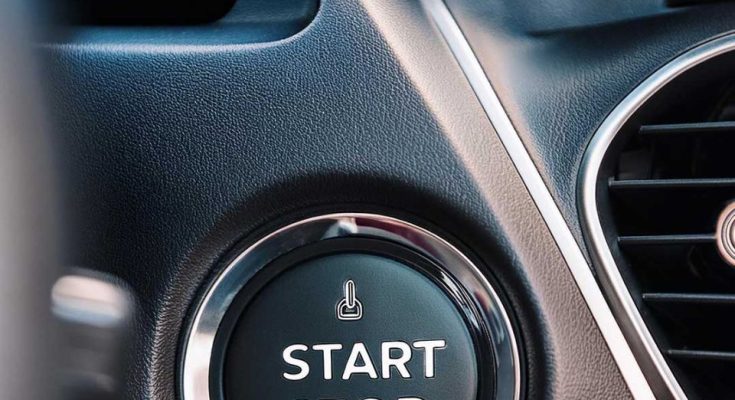The evolution of automotive technology has paved the way for keyless entry systems, allowing drivers to unlock and start their vehicles without traditional keys. While these systems provide unmatched convenience, they also present a unique set of advantages and challenges. This article explores essential elements of keyless cars that every driver should be aware of.
How Keyless Entry Functions
Keyless entry mechanisms utilize a blend of Radio Frequency Identification (RFID) technology and wireless communication between the vehicle and a fob. When the fob is within proximity to the car, it transmits a coded signal to the vehicle’s receiver, enabling door unlocking and ignition start-up. This innovative technology streamlines access but necessitates an understanding of its operational nuances and limitations.
Benefits of Keyless Car Technology
Keyless car technologies offer numerous benefits. The primary advantage is ease of access; drivers no longer need to search for keys, which is particularly advantageous during adverse weather conditions or when carrying items. Furthermore, these systems frequently include enhanced security features like rolling codes that change with each use, making it difficult for potential thieves to intercept signals.
Debunking Myths Surrounding Keyless Cars
Despite their increasing prevalence, keyless cars are often shrouded in misconceptions. A prevalent myth suggests that they are more susceptible to theft; however, contemporary keyless systems employ advanced encryption techniques designed to prevent unauthorized access. Another misconception is that if the fob battery dies while driving, the vehicle will shut off—this is generally false as most systems are engineered to keep running until manually turned off.
Security Vulnerabilities and Preventative Measures
Although keyless entry offers sophisticated security features, they are not immune to threats such as relay attacks where criminals amplify the fob’s signal remotely unlocking vehicles. To counteract these risks, manufacturers have developed features like motion sensors in fobs that deactivate signals when stationary. Vehicle owners should also consider using signal-blocking pouches (Faraday bags) and parking in secure areas.
The Influence on Insurance Rates and Theft Incidence
The introduction of keyless car technologies has impacted both insurance premiums and theft statistics significantly. Insurers take these advanced security measures into account when determining premiums often providing discounts for vehicles equipped with them. However, some research indicates an uptick in theft incidents due to relay attacks prompting insurers continually reassess their risk models.
Batteries: Concerns & Maintenance Recommendations
A frequent concern among owners of keyless cars revolves around dead fob batteries. Regularly monitoring battery life and replacing it every 1-2 years can help avoid inconvenient lockouts from occurring unexpectedly. Additionally, many modern keyless vehicles come equipped with mechanical backup keys or emergency start functions ensuring continued access even if the fob battery fails.
Innovations Shaping Keyless Systems
Ongoing technological advancements continue enhancing keyless entry systems significantly. Recent developments include biometric authentication methods such as fingerprint or facial recognition alongside smartphone integration allowing users’ mobile devices function as virtual keys—these innovations not only improve security but also elevate user convenience levels considerably.
Strategies for Protecting Against Hacking Attempts on Keyless Cars
Protective measures against hacking attempts on key-less cars involve several proactive strategies:
Owners should always store their fobs inside signal-blocking pouches or metal containers preventing relay attacks effectively.
Moreover updating vehicle software regularly along with utilizing steering wheel locks or immobilizers can serve as additional deterrents against theft attempts successfully.
The Future Landscape Of Key-less Car Technology:
The future trajectory regarding advancements within this domain appears promising featuring anticipated trends including Artificial Intelligence integration aimed at personalized settings predictive maintenance capabilities.
Furthermore breakthroughs involving blockchain technology could yield even more secure tamper-proof solutions enhancing overall safety standards associated with such devices moving forward significantly!
A Final Word On The Advantages And Disadvantages Of Utilizing A Key-less System:
In summary while embracing all benefits offered by adopting modernized approaches towards accessing automobiles through innovative means comes hand-in-hand alongside certain challenges requiring attention vigilance regular upkeep practices ensuring optimal performance longevity overall satisfaction derived from ownership experience!




